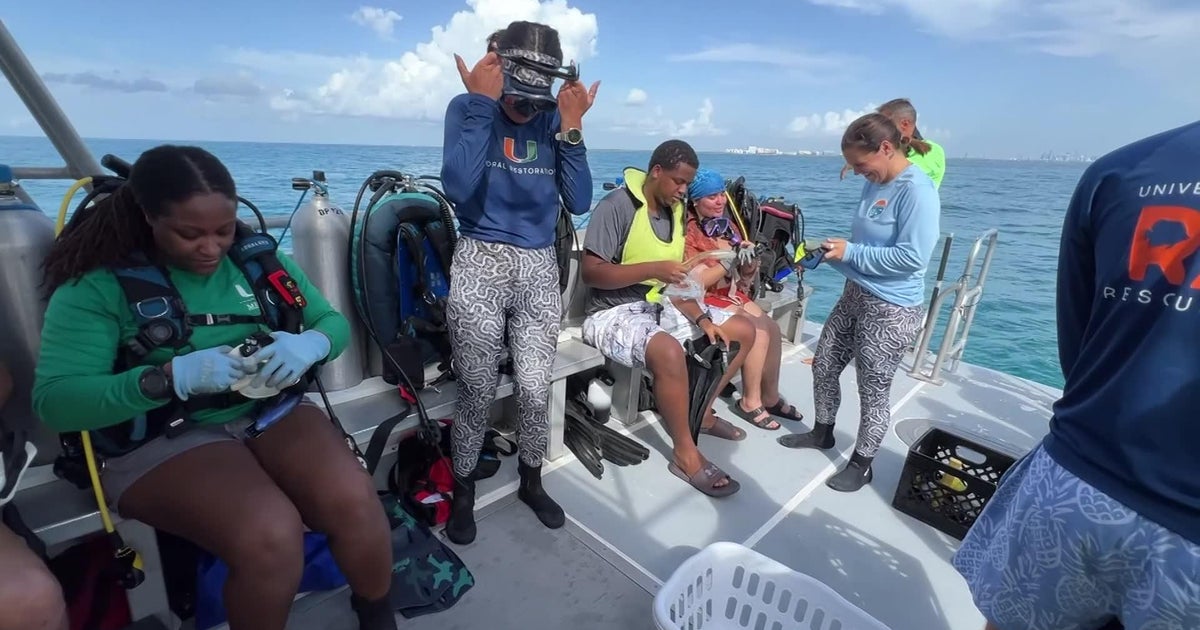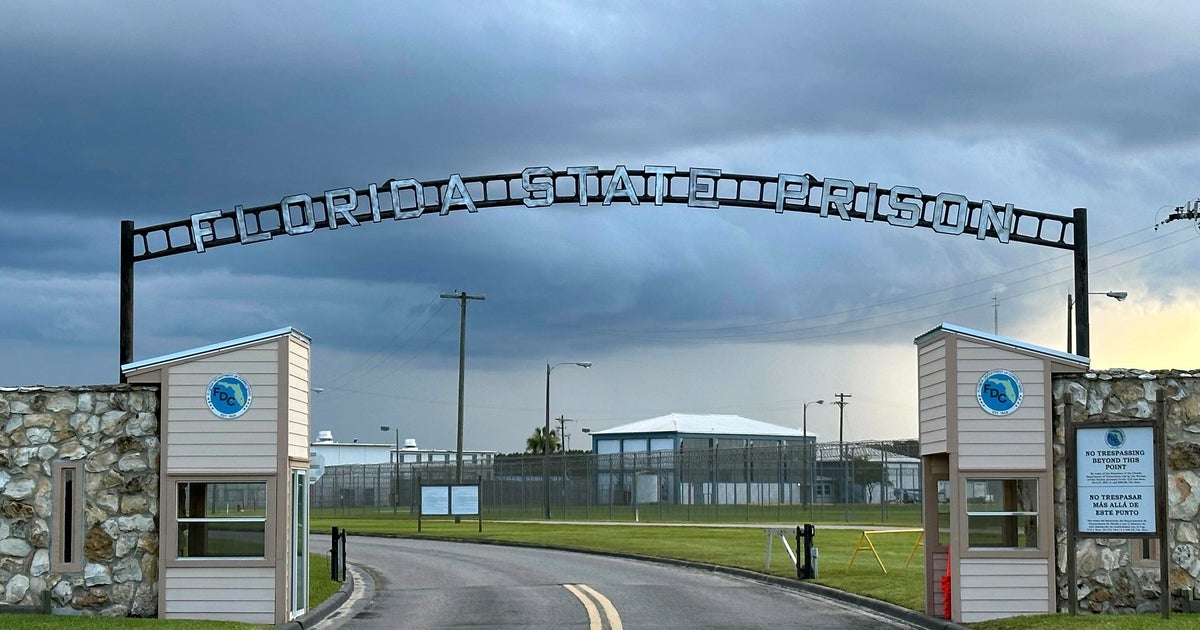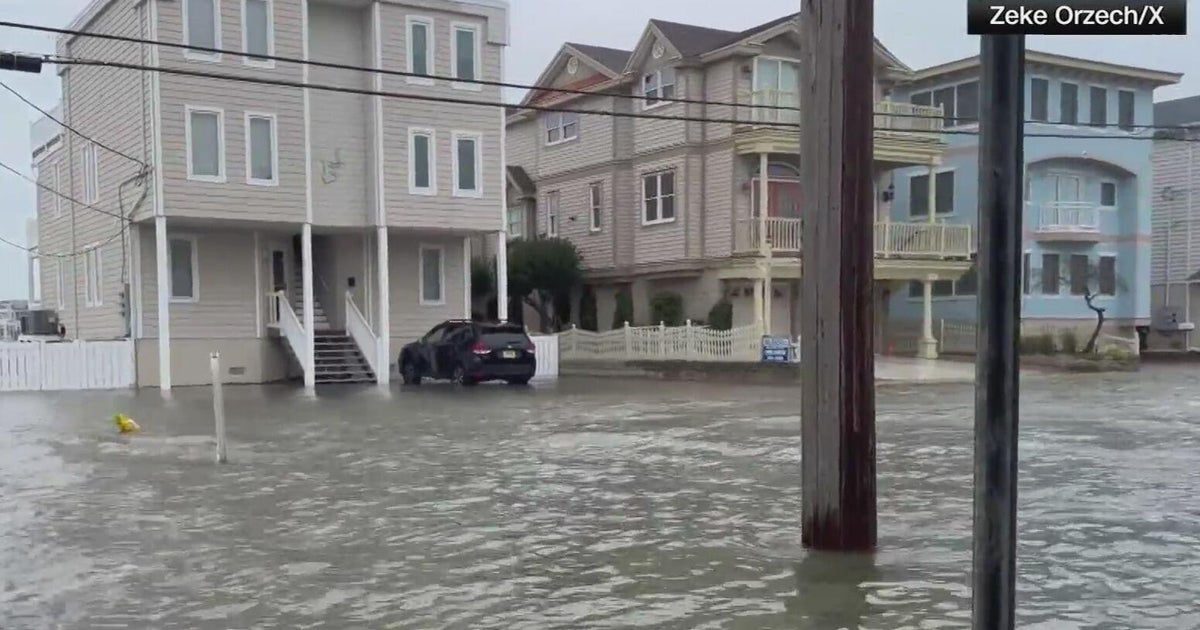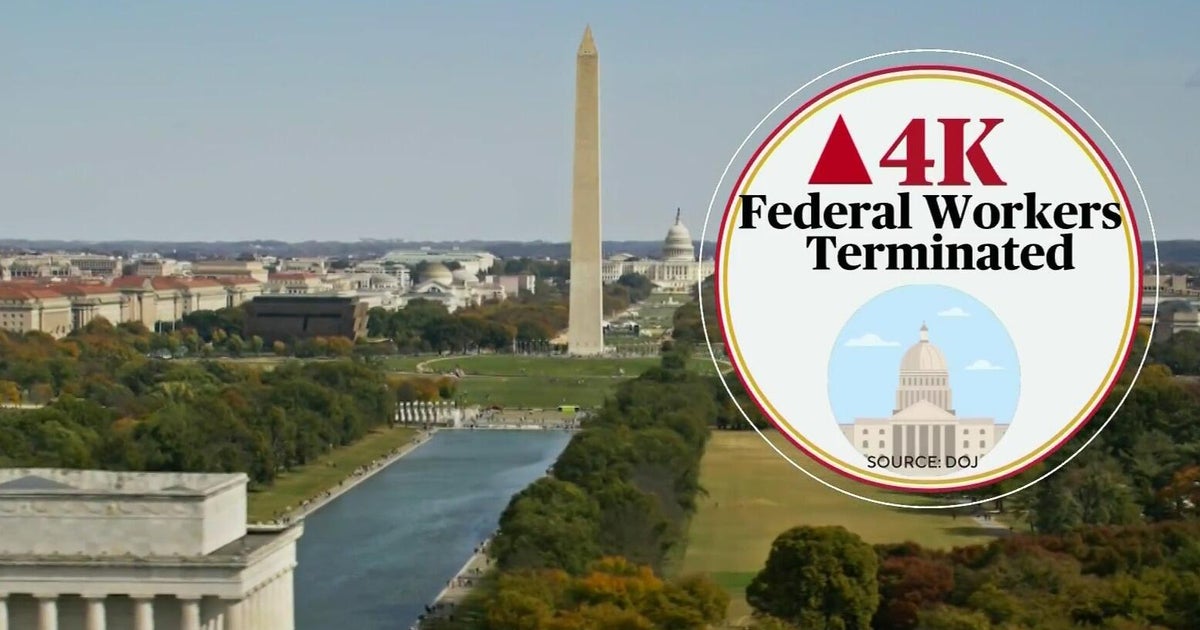A team of researchers from the University of Miami’s Rosenstiel School Coral Restoration Lab brought members of the public out to a coral reef this week, blending science with community participation.
Citizen scientists join the effort
“Today is special and unique in that this Rescue a Reef exhibition is part of a much bigger project called the Miami Community Resiliency Project,” said Dalton Hesley, a senior research associate. “Today our UM team and the Coral Restoration Lab are working with the public through the Miami Resiliency Project.”
The group accompanying the scientists included citizen scientists who were invited to take part in the coral restoration work.
“They are helping us garden corals used for research and active restoration,” Hesley said.
Leading the citizen scientists was Dr. Gloria Blaise, program manager at the Miami Resiliency Project.
“I’m more of a land person but want to be an ocean person as well,” Blaise said as the group traveled over Biscayne Bay. “It’s an opportunity to not only see but help with the amazing science and restoration that the university and others are doing.”
Challenges of access and awareness
Leaving the coastline behind also highlights one of the difficulties of raising awareness.
“They are hard to access, they are not in your literal backyard,” Hesley said.
On this trip, the scientists and citizen scientists faced rough weather and seas as they made their way to the reef. Still, participants said the experience was meaningful.
“It’s very rewarding to get to contribute to my community. I think it’s an opportunity that a lot of places don’t have, so we should take advantage of it,” said citizen scientist Akili Ligons.
A fight for coral survival
The urgency of the work was underscored by recent challenges facing reefs.
“Coral reefs are struggling right now. We’ve seen significant decline in a short amount of time. They are on the brink,” Hesley said.
The program has expanded its capacity in recent years.
“We went from being able to grow and restore hundreds and thousands of corals to as many as tens of thousands,” he said.
With new groups of participants, researchers hope to inspire lasting engagement.
“Making things that are happening in Miami-Dade more accessible but also fun to people that don’t come out,” Blaise said.
Hesley emphasized the importance of public involvement.
“The more people that understand and appreciate this the more it will lead to conservation,” he said. “Trips like these are doing just that.”
Send us your story at [email protected]



